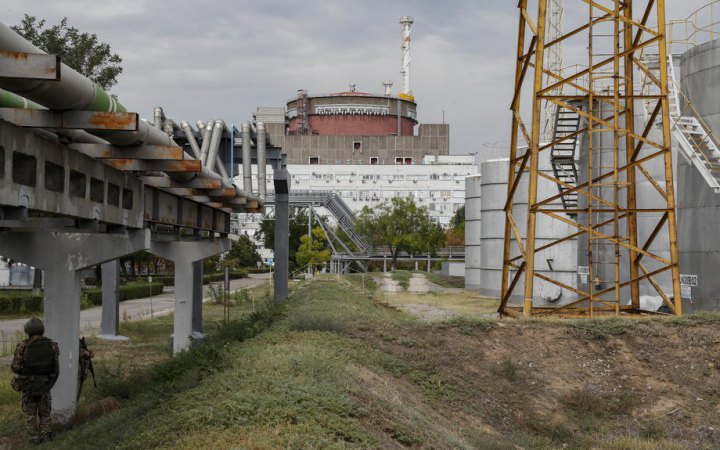Experts of the International Atomic Energy Agency (IAEA) finally got access to the roofs of power units 3 and 4 on the afternoon of 3 August, the General Director of the Agency, Rafael Grossi, announced this on their website.
Experts have observed no mines or explosives on the roofs, as well as in the engine rooms of the ZNPP. Grossi added that the team will continue its requests to visit the roofs of the other 4 units at ZNPP.
"I welcome the news that IAEA experts have finally been granted this additional access at the site. Timely, independent and objective reporting of facts on the ground is crucial to continue the IAEA’s efforts to support nuclear safety and security during the military conflict in the country,” Director General Rafael Mariano Grossi said.
The access to the roofs came just after a successful ninth rotation of teams at the plant.
On the night before the rotation the team reported hearing a series of detonations in the vicinity of the plant. The team was informed by the ZNPP that there was no impact on the site, the neighbouring industrial area or the city of Enerhodar as a result of these detonations.
Grossi urged all parties to "refrain from any action that could lead to a nuclear accident with potential consequences for public health and the environment."
IAEA teams have carried out additional inspections and walkdowns at the ZNPP over the past week. After a walkdown within the site’s perimeter on 1 August, the team confirmed that the mines first observed on 23 July were still in place. No new mines or explosives were observed during any walkdowns over the past week.
After Unit 5 reached cold shutdown on 28 July, maintenance activities have commenced, including inspection and testing of the safety systems which protect the reactor and its fuel; and cleaning of the heat exchanger. However, the IAEA team has repeatedly requested more complete information regarding the full scope of maintenance activities planned to be conducted on Unit 5, given the limited availability of spare parts and significantly reduced maintenance staff available at ZNPP.
The IAEA team at ZNPP are continuing to closely monitor the situation regarding the availability of water for cooling the ZNPP six reactors, and to perform other nuclear safety and security functions.
On the morning of 3 August, sappers discovered two Russian anti-personnel mines on the path of the IAEA mission to the Zaporizhzhya NPP. They were neutralised.
Earlier, the Russian occupiers cooled down the fifth power unit of the ZNPP after putting the fourth unit into hot shutdown. And last month, the IAEA team saw several anti-personnel mines that were in a restricted access area, where station personnel cannot reach. The mines were put away from the site.








